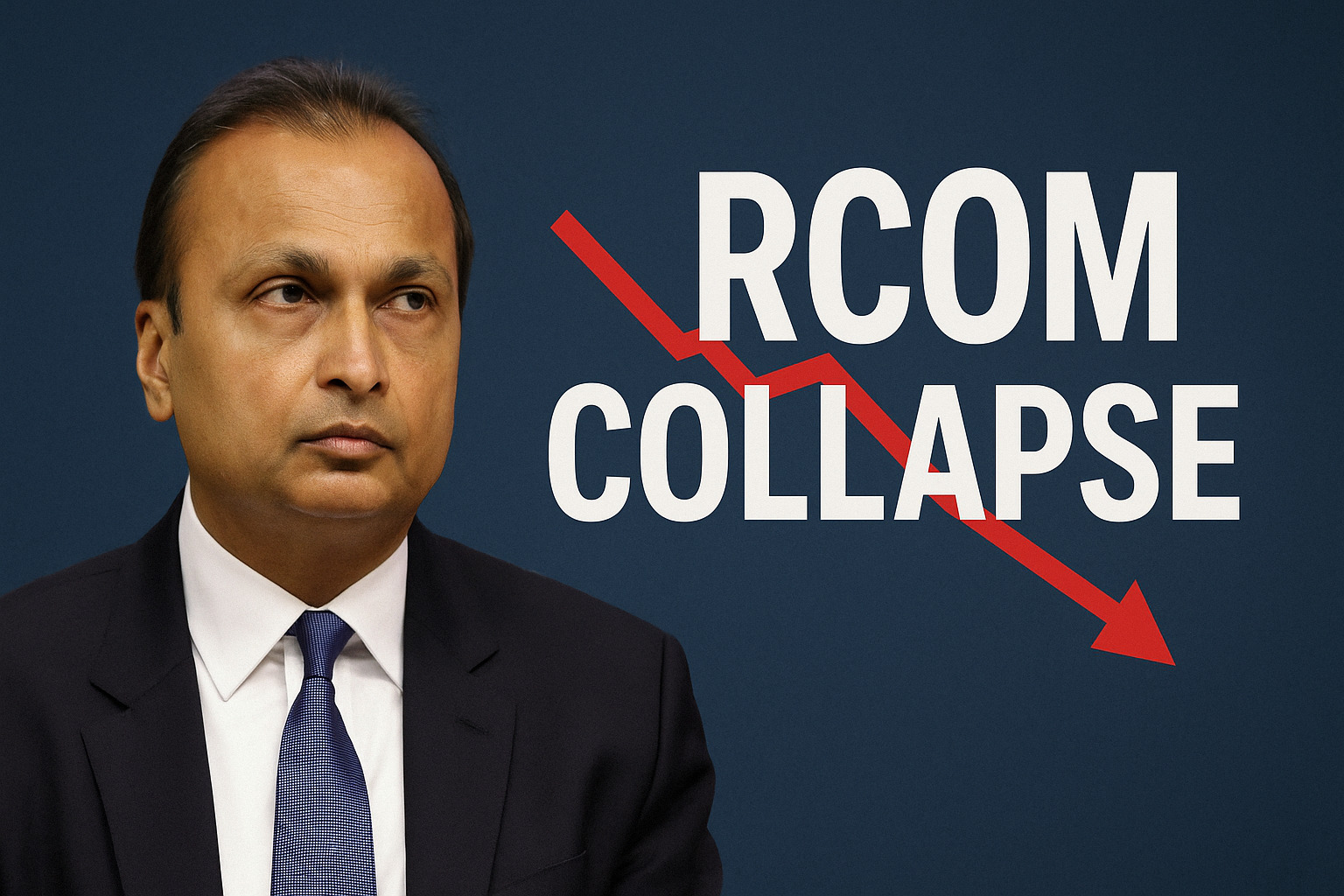SBI ka CBI ko approach karna Anil Ambani and RCom as ‘Fraud declare karne ke baad:
Background: Anil Ambani aur RCom ki Financial Crisis
Anil Ambani, jo ki ek waqt India ke sabse bade business tycoon the, aaj unki company, Reliance Communications (RCom), financial frauds aur mismanagement ke chakkar mein phans gayi hai. Ek waqt par RCom market mein ek major player tha, lekin company ne jo financial mismanagement ki uske baad company ko kaafi problems face karni padi.
RCom ne apne debts ko manage karne mein failure dikhayi, aur aaj company insolvency ke process mein hai. Reports ke mutabik, RCom ne kai crores ki amount udhaar li thi, jisko wo repay nahi kar paya. Iske alawa, company ke assets ko seize karke dues recover karne ki koshish ki gayi thi.
SBI bhi is issue mein involved hai aur bank ke mutabik, unhe fraud ki wajah se apne loans recover karne mein problems aa rahi hain. SBI ka kehna hai ki Anil Ambani aur RCom ne apni financial situation ko misrepresent kiya tha, jiske wajah se loans approve kiye gaye. Aur ab, SBI ne CBI se contact kar liya hai taaki case ko investigate kiya ja sake.
SBI ka CBI ko Approach Karna: Kya Matlab Hai?
SBI ka CBI se contact karna kaafi significant hai. Bank ka kehna hai ki yeh sirf ek corporate default ka case nahi, balki fraud ka case ho sakta hai. CBI jo ki corruption aur economic crimes ko investigate karta hai, ab is case mein involved hai.
Yeh move is baat ko darshata hai ki agar yeh allegations sach hai toh corporate governance mein badlav aa sakte hain. CBI ke involvement ke baad, yeh case public aur legal scrutiny ka samna karega, aur ho sakta hai ki future mein aur bhi companies ko apni financial dealings ko transparent banana pade.
Iske alawa, yeh bhi ek tarika hai SBI ke liye taaki wo Anil Ambani aur RCom pe pressure daal sake aur unhe apne dues settle karne ko bole, ya phir serious consequences face karein.
Anil Ambani aur RCom ke Khilaf Kya Allegations Hai?
Primary allegations yeh hain ki Anil Ambani aur RCom ne apne financial position ko galat tarike se dikhaya. SBI ka kehna hai ki RCom ne loan application ke waqt important financial information ko chhupaya tha, jiska asar loan approval par pada.
Iske alawa, RCom pe yeh bhi ilzaam hai ki company ne apne vendors aur creditors ko payments nahi diye, jisse company ki financial situation aur bhi badh gayi. Anil Ambani ne is allegation ko deny kiya hai, lekin legal aur financial pressures ab unke upar barh gaye hain.
Investors aur Corporate Sector par Iska Kya Impact Hoga?
Investors ke liye yeh news kaafi uncertain hai. RCom ki financial troubles ne already kai investors ko losses diye hain. Agar CBI investigation mein fraud prove hota hai, toh Ambani group aur telecom industry ki reputation par aur bhi bura asar pad sakta hai.
Yeh case dusre businesses ko bhi ek warning de sakta hai, taaki wo apne financial dealings ko transparent rakhein aur fraud se bachen. Agar CBI is case mein kisi conclusion tak pahuchti hai, toh yeh regulatory environment ko bhi change kar sakta hai.
Creditors ke liye yeh ek high-stakes battle hai, khaas karke SBI jaise public-sector banks ke liye. Agar CBI ki investigation mein kuch recovery hoti hai, toh yeh unke liye achi baat hogi, lekin process kaafi time le sakta hai.
Investigation ke Aage Kya Hoga?
Jaise hi CBI apni investigation shuru karegi, sabhi ki nazar is par hogi. Kya Anil Ambani ko fraud ke liye responsible thaharaaya jaayega ya phir matter bahut jaldi settle ho jayega? Investigation ka time frame uncertain hai, lekin is case ke outcomes kaafi important ho sakte hain.
Investors aur stakeholders dhyan se dekh rahe hain ki investigation ka result kya hota hai, aur agar koi recovery hoti hai toh wo kis tarike se hoti hai.
FAQs on SBI’s Approach to CBI and RCom Fraud
- Q1: SBI ne CBI se contact kyun kiya Anil Ambani aur RCom ke liye?
- SBI ne CBI se contact kiya hai kyunki unka kehna hai ki Anil Ambani aur RCom ne apne financial situation ko galat tarike se dikhaya tha, aur fraud ka case ho sakta hai.
- Q2: Anil Ambani aur RCom ke khilaf kya charges hain?
- Anil Ambani aur RCom par financial misrepresentation, fraudulent activities, aur payment obligations ko pura na karne ke ilzaam hain.
- Q3: Yeh investors ke liye kaise impact karega?
- Yeh news investors ke liye uncertainty create kar sakti hai. Agar CBI investigation mein fraud prove hota hai, toh RCom aur Ambani group ki reputation pe aur bhi bura asar ho sakta hai, aur share prices gir sakte hain.
- Q4: Investigation mein kitna waqt lagega?
- Investigation ka time frame uncertain hai, kyunki yeh case complex hai aur CBI ko evidence gather karna hoga.
- Q5: Main apne aap ko aise corporate frauds se kaise bachaa sakta hoon?
- Investors ko hamesha thorough due diligence karni chahiye kisi bhi company mein invest karne se pehle. Aap financial advisors se consult kar sakte hain aur Gromo Loans jaise platforms ko explore kar sakte hain taaki safe investment options mil sakein.
